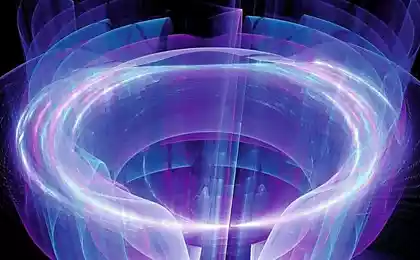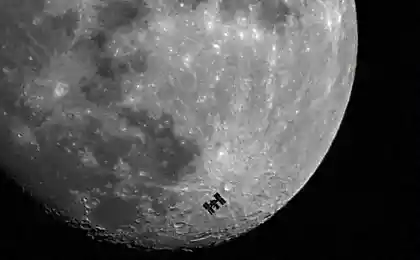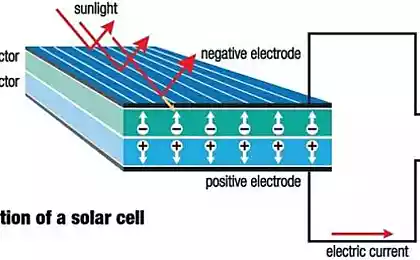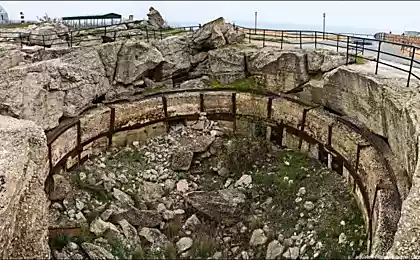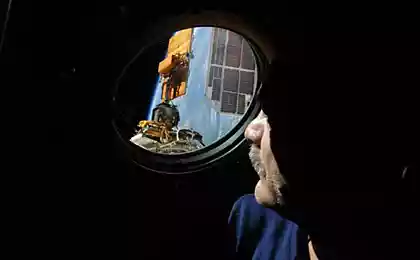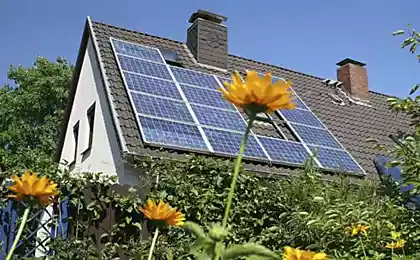555
New 3D-solar panels tested on the ISS
Researchers at the Georgia Institute of Technology (Georgia Tech) have created a three-dimensional solar panels, which several days ago aboard SpaceX cargo ship have been sent to the ISS, which will be tested in real conditions of space. Unique solar cells have been designed to capture the sun's rays at any angle, which may allow the machine to earth orbit. As expected, this should lead to increased productivity with the limited space panels.
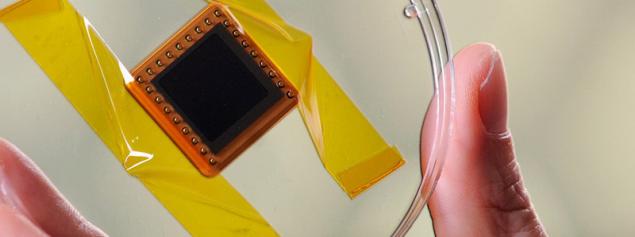
Experimental module includes four different types of solar panels. One type is the "traditional flat" solar cell, the second is a flat element on the basis of inexpensive materials: copper-zinc-tin-sulfide (CZTS). These materials are "a thousand times smaller than the rare earth elements", such as selenium and indium are used in some solar cells. There are also two types of solar 3D-one "based CZTS», while the other "on the basis of conventional cadmium telluride." A total of 18 solar cells, which will be tested in space for six months.
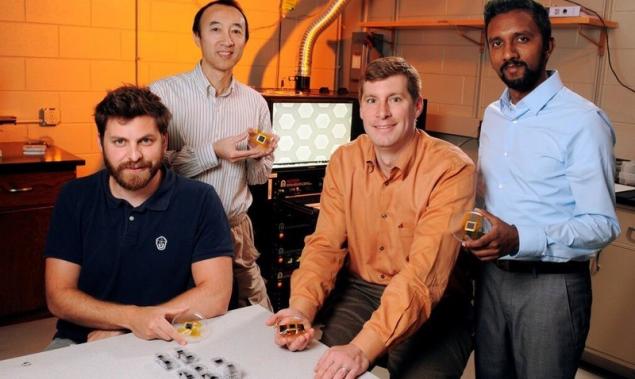
3D-solar cells can permanently change the way energy spacecraft. Solar Georgia Institute of Technology are described as miniature "tower" covered "fotopoglotitelem". Chief Research Engineer Georgia Tech Jud Ready said in a press release: "We want to find the light collection efficiency of our 3-D solar panels and how they will react to the harsh conditions of extraterrestrial space»
. After six months, the solar panels will be returned to Earth, then scientists will summarize the results of the experiment. Jud Ready: «If he (solar cell) can survive in space, in the most difficult conditions with large temperature fluctuations, radiation, as well as many other factors, we can be sure that it will work well on Earth»
Solar energy has become one of the most promising sectors of the Energy Generation. According to Bloomberg Experts predict that by 2040 investment in solar energy will reach $ 3, 4 trillion. As a result of these injections and research solar and wind energy will be two of the cheapest ways to produce electricity in many countries during the 2020s, and in most countries - in 2030's. According to the Global Market Outlook report, prepared by SolarPower Europe, by 2020 the world will produce 500 GW of solar energy.

Experimental module includes four different types of solar panels. One type is the "traditional flat" solar cell, the second is a flat element on the basis of inexpensive materials: copper-zinc-tin-sulfide (CZTS). These materials are "a thousand times smaller than the rare earth elements", such as selenium and indium are used in some solar cells. There are also two types of solar 3D-one "based CZTS», while the other "on the basis of conventional cadmium telluride." A total of 18 solar cells, which will be tested in space for six months.

3D-solar cells can permanently change the way energy spacecraft. Solar Georgia Institute of Technology are described as miniature "tower" covered "fotopoglotitelem". Chief Research Engineer Georgia Tech Jud Ready said in a press release: "We want to find the light collection efficiency of our 3-D solar panels and how they will react to the harsh conditions of extraterrestrial space»
. After six months, the solar panels will be returned to Earth, then scientists will summarize the results of the experiment. Jud Ready: «If he (solar cell) can survive in space, in the most difficult conditions with large temperature fluctuations, radiation, as well as many other factors, we can be sure that it will work well on Earth»
Solar energy has become one of the most promising sectors of the Energy Generation. According to Bloomberg Experts predict that by 2040 investment in solar energy will reach $ 3, 4 trillion. As a result of these injections and research solar and wind energy will be two of the cheapest ways to produce electricity in many countries during the 2020s, and in most countries - in 2030's. According to the Global Market Outlook report, prepared by SolarPower Europe, by 2020 the world will produce 500 GW of solar energy.
Why women love alcoholics
Facebook for the first time experienced a drone Solar for distribution of free internet

